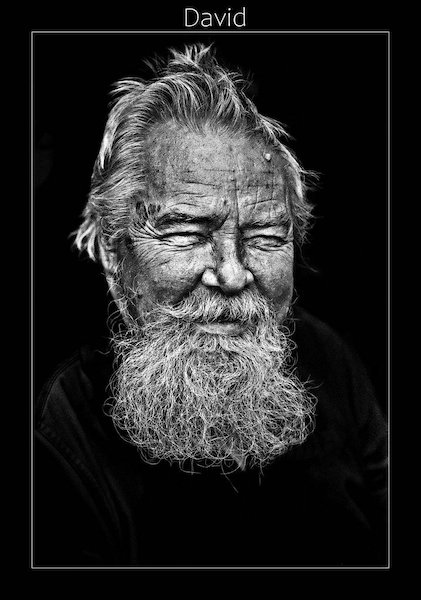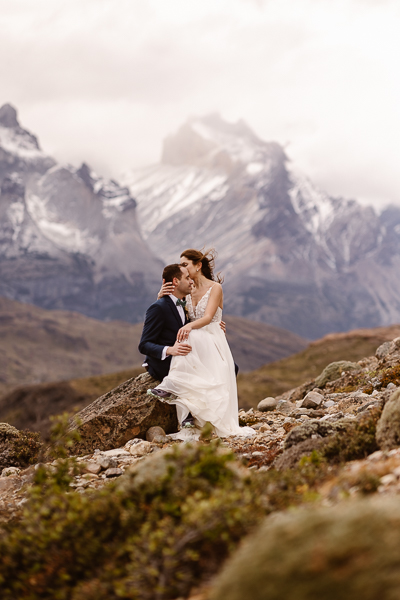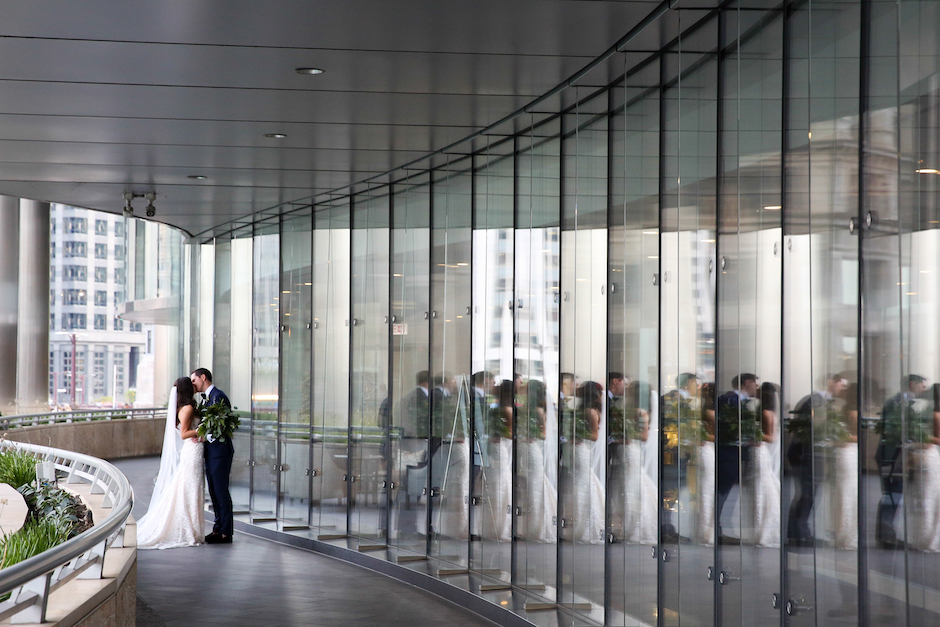The Prolific Harvey Stein
November 14, 2012
Before Harvey Stein was a widely published photographer, a teacher (at the International Center of Photography and several universities), lecturer, author, curator and director of photography at Umbrella Gallery in New York City’s East Village, he was simply a student studying photography at the New School and New York University in various continuing education courses.
And in 1970, Stein—the student—was urged by his first photography teacher, Ben Fernandez, “to get a Leica, use a 21mm lens, and go to Coney Island.” He complied.
Living in New York City, Stein had easy access to Coney Island via the F line, and he fell in love with the assortment of characters and activities at the Brooklyn landmark. He was beguiled by its changing styles and visual continuity, and his curiosity of “the People’s Playground” continued for the next 40 years.
“There is a sense of excitement, adventure…and escape from daily worries, and there’s much pleasure…riding the jarring Cyclone roller coaster, walking the boardwalk, viewing the mind-bending Mermaid Parade or just sunbathing on the beach,” Stein says of his draw to the famed beach and amusement park. “There isn’t anywhere like it, which is much of the attraction. Neither photography nor Coney Island are ever boring.”
Stein is no stranger to chasing excitement in life. He began his career as a street photographer in New York City, selling images to textbook publishers and magazines. He worked in a photo studio for a year, building his portfolio and learning the business, and then sold images and did magazine assignments and some portraiture for titles that include The New Yorker, Time, Life, Esquire, Smithsonian, The New York Times, Reader’s Digest, and the list goes on. While he says he was never “influenced” by other photographers, he professes a love for Diane Arbus, Richard Avedon, Garry Winogrand, and Lee Friedlander and adds, “My all-time favorite photographer may be August Sander.”
Stein began teaching at the International Center of Photography in 1976, and in the 1990s he started leading travel workshops all over the world, including Italy, Laos, Cambodia, Thailand, Mexico, Peru, Ecuador and Argentina, as well as the U.S. He’s had more than 75 one-person exhibits and has been in more than 145 group shows. Now as director of photography for Umbrella Arts Gallery, Stein’s main role is looking for emerging photographers and helping deserving photographers get their work seen.
“The paradox of photography is that while it is not very difficult…the more you do it, the harder it gets,” Stein says. “With progress you expect more of yourself, and strive to shoot stronger images to better understand what makes a photograph successful.”
Part of the result of his own success in photography is the 2011 book, Coney Island 40 Years (Schiffer), compiling several hundred black-and-white photos of the pageant that attracted Stein—with his Leica—for so many years. “I first got the idea for this Coney Island book with 40 years of images around 2006—year 36 of 40,” Stein explains. “So I began looking though prints and contact prints to find new and missed images. I made more prints and improved older ones. And I continued to shoot at Coney, variations on people enjoying themselves, knowing I would see some situations in a fresh way.”
The “fresh way” includes children and adults—some posed, others candid—with a variety of expressions and antics in all seasons (Stein typically visits 10 times a year). The images are moody and intimate and show-offs are frequent; it’s a study in the cast of characters that gives Coney Island its personality.
“I usually go up to people and ask before photographing them, or I might shoot first, then talk to them,” Stein says of his process. “When I shoot crowds, I don’t ask. I want to be conspicuous, to get close-ups and get involved with my subjects. With wide-angle lenses I force myself to get close, and I get lots of environment into images. Context helps me tell more of a story.”
While he began in the 1970s with a Tri-X rated at 400 ISO, then switched to Plus-X rated at 100, Stein always used two M4 Leicas, one with a 35mm lens, the other with a 21mm lens. “I don’t use any longer focal lengths, and I use my feet to get close,” he says. “I love the M4s. It’s important for me to control exposures and to develop and print the images. It simplifies things.” (Although he shoots digitally about 40 percent of the time for other projects, Stein says he’s still wedded to black-and-white film.)
When it came time to publish the book, Stein only showed it to three or four publishers. “Schiffer was high on my list because I was in 100 New York Photographers that they published, and I was impressed with it,” he says. “I met with the president, senior editor and top sales manager, and after an hour they said they wanted to do Coney Island 40 Years. I was thrilled.”
With Schiffer’s permission, Stein was lucky enough to hire his own book designer, and together they sequenced the pictures and laid out the book.
The result has been highly lauded: Tom Jimison, curator at the Baldwin Art Gallery at Middle Tennessee State University exhibited a group of Stein’s photographs and wrote in an introduction to the exhibit, “Entering Coney Island through [Harvey’s] lens is like stepping into another culture, a fantasyland of the past with an irrepressible optimism about its future. His photographs are a documentation of a time and an iconic American place.”
Stein’s emphasis in photography has always been self-assigned, long-term projects. Hence, his first book, Parallels: A Look at Twins (1978, E.P. Dutton), took six years to photograph (he shot 155 sets of identical twins throughout the U.S.). His second book, Artists Observed (1986, Harry Abrams, Inc.) also took six years to complete. For that one, Stein photographed and interviewed 165 visual artists, including notables such as Andy Warhol, Robert Rauschenberg, Ellsworth Kelly and Lee Krasner. His third book, a color volume about Coney Island (1997, W.W. Norton, Inc.) was 27 years in the making, and the one that followed, Movimento: Glimpses of Italian Street Life (2006, Gangemi Editore), was completed over a 10-year period.
Stein’s next project is the book Harlem Street Portraits, to be published by Schiffer in the fall of 2013. It represents 22 years of photographing in the Harlem neighborhood of Manhattan. Stein comments, “These photographs are mostly confrontational/collaborative portraits that abandon the strategies of candid photography and instead engage the individual with their full knowledge and involvement. I attempt to enter into some kind of exchange and dialogue and, usually at my instigation, we share a brief conversation or laugh, comment on the passing scene, come to a shared understanding. I want my subjects to be as aware of my presence as I am of theirs. Perhaps this helps to validate my existence. Hence, each portrait becomes more than a depiction of a person, it becomes an intimate record of a personal encounter. For me, and hopefully for the subject, the experience is rich and rewarding.”
Stein says he has five or six more books finished, including his unique take on children, New York street life, his ten years traveling in Mexico, and a fun book of photographers photographing.
Which raises the question, when does Stein sleep? Lucky for us, sleeping does not seem to be a priority for Harvey Stein.
Lou Jacobs Jr., is the author of 37 how-to photography books, the latest of which is Off-Camera Flash Photography (Amherst Media). He is an industrial designer who became a photographer who became a writer. He is also a former national president of ASMP and has taught photography at UCLA and Brooks Institute. In his spare time he is writing a young adult book titled Teaching Mr. Lincoln to Drive, in which no one takes pictures.




